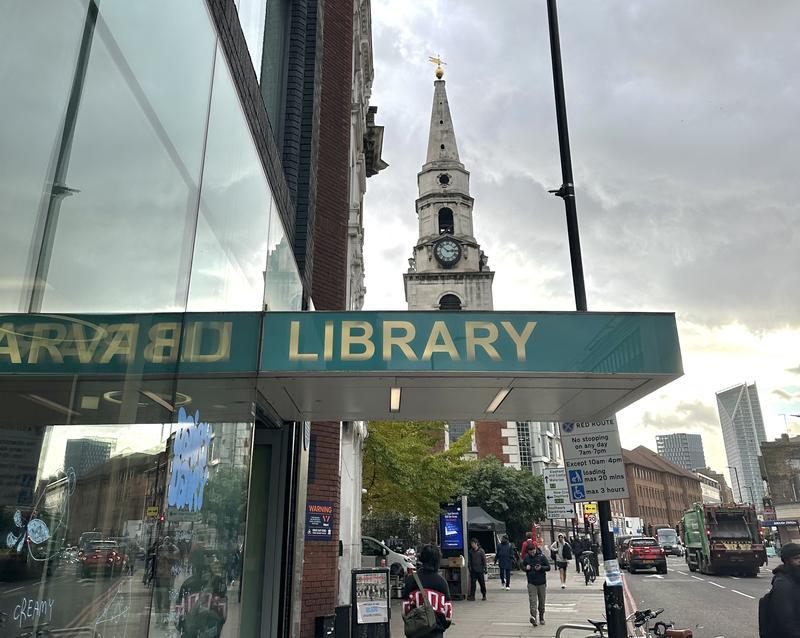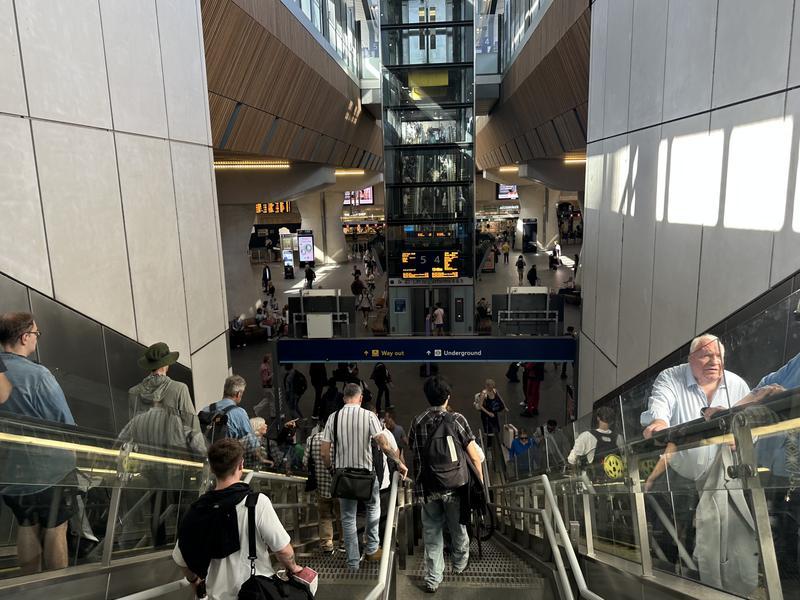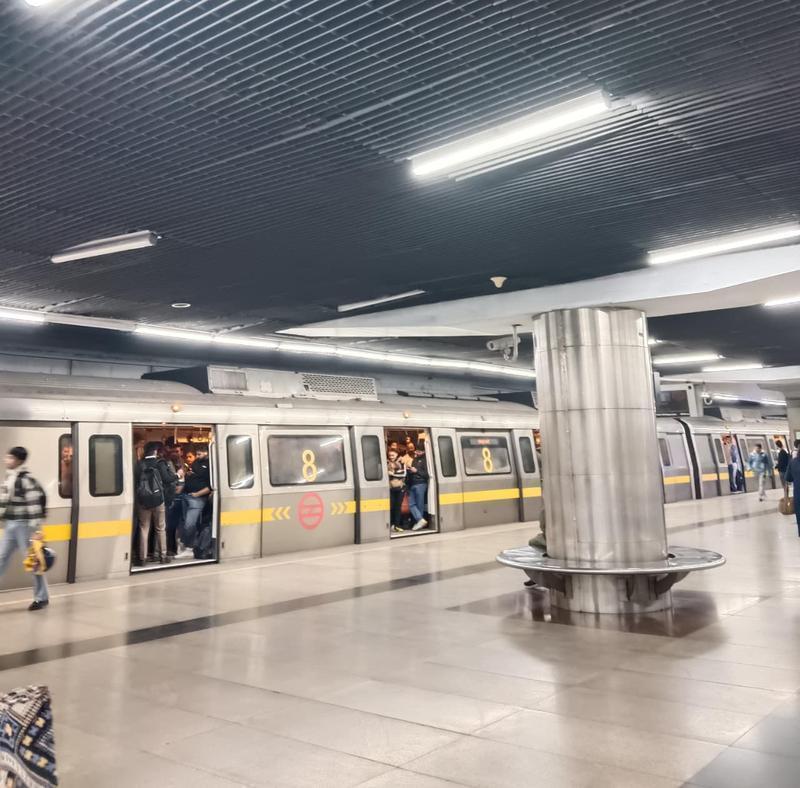🎧 Listen to the Article
This audio is AI-generated for accessibility.
Key Highlights
In a world dominated by screens and algorithms, libraries remain one of the few places where knowledge, creativity, and community truly meet. From Bromley’s art-filled reading rooms to university study halls and nationwide advocacy efforts, libraries are redefining what connection means in the digital age. They’re not relics of the past but living, evolving spaces, where people come together to learn, create, and belong.
In an age when nearly everything, from textbooks to friendships, exists online, the local library might seem like a quaint leftover from a slower time. Yet across the country, libraries are quietly reinventing themselves for the 21st century. Far from fading into irrelevance, they’ve become vibrant centres of creativity, learning, and connection, reminding us that not all knowledge fits on a screen.
The internet gives us instant information, but not always depth. Online searches often lead to the same popular answers, filtered through algorithms and advertisements. Inside a library, discovery feels different, more deliberate, more human. Every shelf invites serendipity: a book you didn’t know existed, a conversation with a librarian who guides you to something unexpected, a quiet hour spent turning real pages rather than scrolling endlessly. Modern libraries are also evolving into creative spaces. Many now feature art exhibits, writing workshops, photography displays, and maker labs where patrons can 3D print, record podcasts, or learn digital design. What once were hushed reading rooms now hum with the sound of creation.
While libraries celebrate the tactile, they are also champions of technology. For many, the local branch remains the only reliable source of free internet access. Libraries managed by Better (Greenwich Leisure Limited) offer a wide range of facilities designed to support learning, creativity, and community use. Visitors can enjoy free Wi-Fi and access to public computers equipped with Microsoft Office and internet browsing tools. Printing services are available in both colour and black and white, in A4 and A3 formats, with details on fees provided at each branch. For meetings and events, libraries also offer equipment hire, including projectors and whiteboards, ensuring that community groups and local organisations have everything they need. Together, these facilities make Better libraries welcoming, practical spaces where everyone, from students to professionals, can work, learn, and connect.
The Human Connection Factor
In an era of constant notifications and screen fatigue, libraries offer something increasingly rare: stillness. They’re places where people gather without needing to buy anything, where conversation happens face to face, and where information isn’t mediated by algorithms. The simple rituals, checking out a book, asking a question, sitting in quiet concentration, remind us what learning used to feel like.
That sense of quiet connection is at the heart of Bromley Library , which has transformed in recent years into a dynamic community hub that blends traditional reading spaces with the digital age. “The biggest change has been integration,” says senior librarian Richard Clinton. “We’ve combined traditional reading spaces with digital resources, e-books, online archives, and community tech sessions. People still love physical books, but they also appreciate the flexibility digital access gives them.”
The library has evolved beyond book lending, becoming a social space where people come to study, meet, and attend workshops. “For many, it’s a safe, welcoming place where they can connect and learn, especially in a time when so much feels distant or online,” Clinton explains. To stay accessible, the library hosts digital skills sessions, helping visitors set up online accounts or learn to use tablets.
It also celebrates local creativity through its monthly art displays, which have become a highlight for the community. Local artists from across Bromley showcase their work on the library’s walls, turning the space into a gallery that sparks conversation and connection. “It’s amazing to see how it brings people together,” says Clinton. “You’ll have families, students, and older residents stopping to talk about a painting or recognising a local landmark in someone’s work, it creates a real sense of pride.”
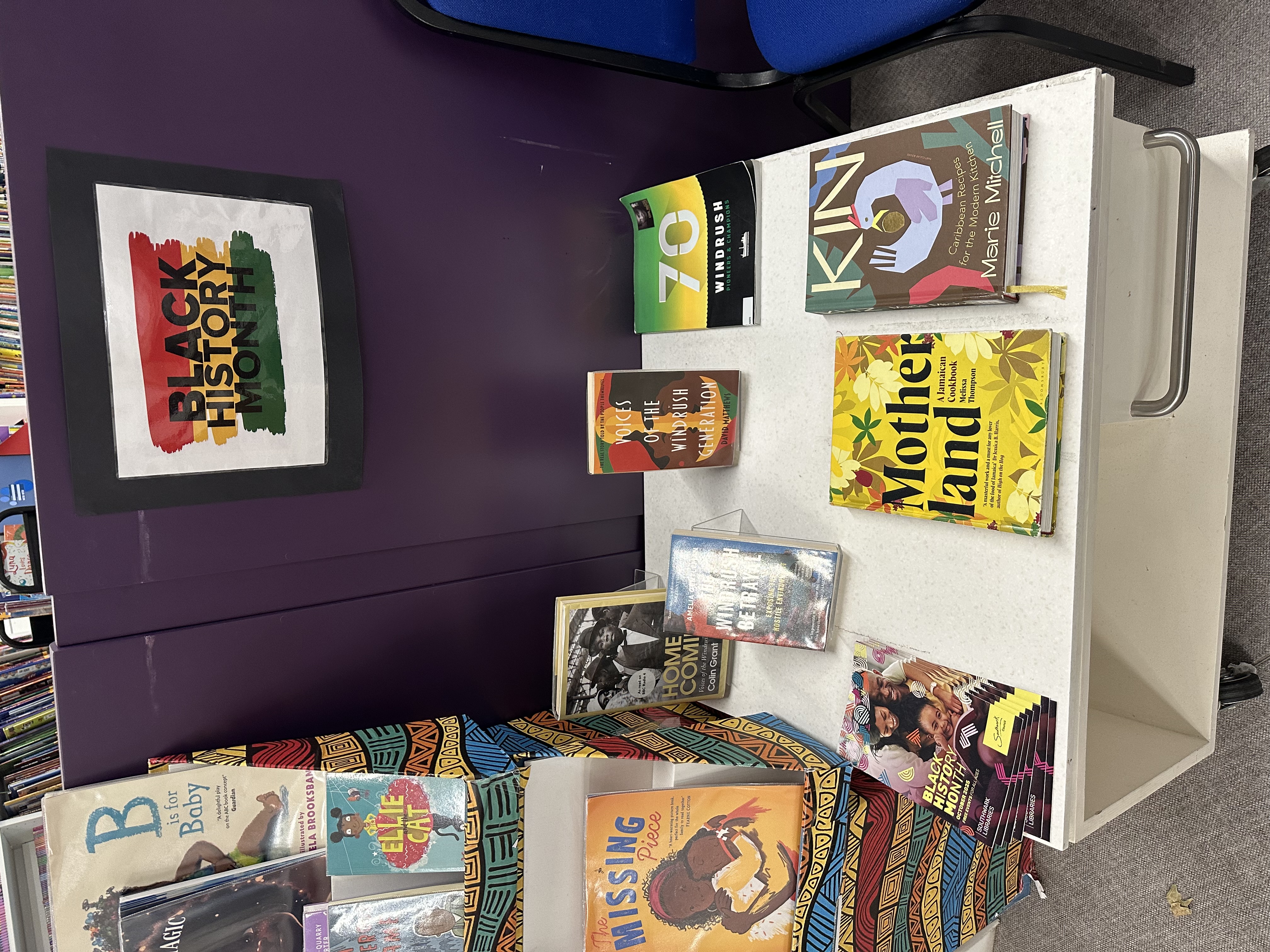
Photograph of Library display taken by Elise Gregory
Despite all the technological change, Clinton believes the library’s essence remains the same. “Libraries are human spaces,” he says. “You can’t replace the feeling of being surrounded by stories or by people discovering them.” Looking ahead, he hopes the library continues to evolve without losing its heart: “Libraries will always be about access to knowledge, creativity, and community. That doesn’t change, no matter how digital the world becomes.”
Preserving Connection in a Digital Age
The transformation of libraries is part of a larger cultural shift toward rediscovering physical spaces of meaning in a virtual world. As cities grapple with loneliness, misinformation, and the decline of public gathering places, libraries have emerged as one of the last democratic commons, open to all, regardless of income or background.
Their new mission is not just to preserve books, but to preserve connection. They are classrooms, art studios, digital labs, and sanctuaries rolled into one, proof that the pursuit of knowledge and creativity still thrives offline.
Libraries play a vital role in strengthening communities and improving lives across multiple areas of society. They support early literacy and child development through children’s reading corners, rhymetimes, family activities, and initiatives like the Summer Reading Challenge, helping young people build confidence and communication skills. They promote health and wellbeing by providing safe, inclusive spaces where people can connect socially and access trusted health information.
Libraries also contribute to economic growth, offering digital access, business advice, and support for jobseekers through skills workshops and career resources. Above all, they help build stronger communities, offering free, welcoming spaces where everyone can learn, share, and belong. Research estimates that public libraries in England generate £3.4 billion in social value each year, delivering a return of at least six times their running costs, proof that libraries remain one of the most valuable public services in the country.
The growing recognition of libraries as vital spaces for connection and community has sparked a renewed conversation about their future. While their impact on literacy, wellbeing, and social cohesion is undeniable, their survival is far from guaranteed. Behind every thriving library are the people fighting to protect them, ensuring that these public spaces of meaning continue to exist in a world that often undervalues them.
While local librarians like Richard Clinton see firsthand how libraries are evolving, people like Laura Swaffield, chair of The Library Campaign are fighting to make sure those spaces continue to exist at all. Based in London, Swaffield has spent years advocating for the preservation of public libraries and the recognition of their social, cultural, and educational importance.
When we speak, her passion for the subject is unmistakable. “Libraries are not luxuries, they’re essentials,” she says firmly. “They provide access to knowledge, creativity, and community for everyone, no matter who you are or what you can afford.”
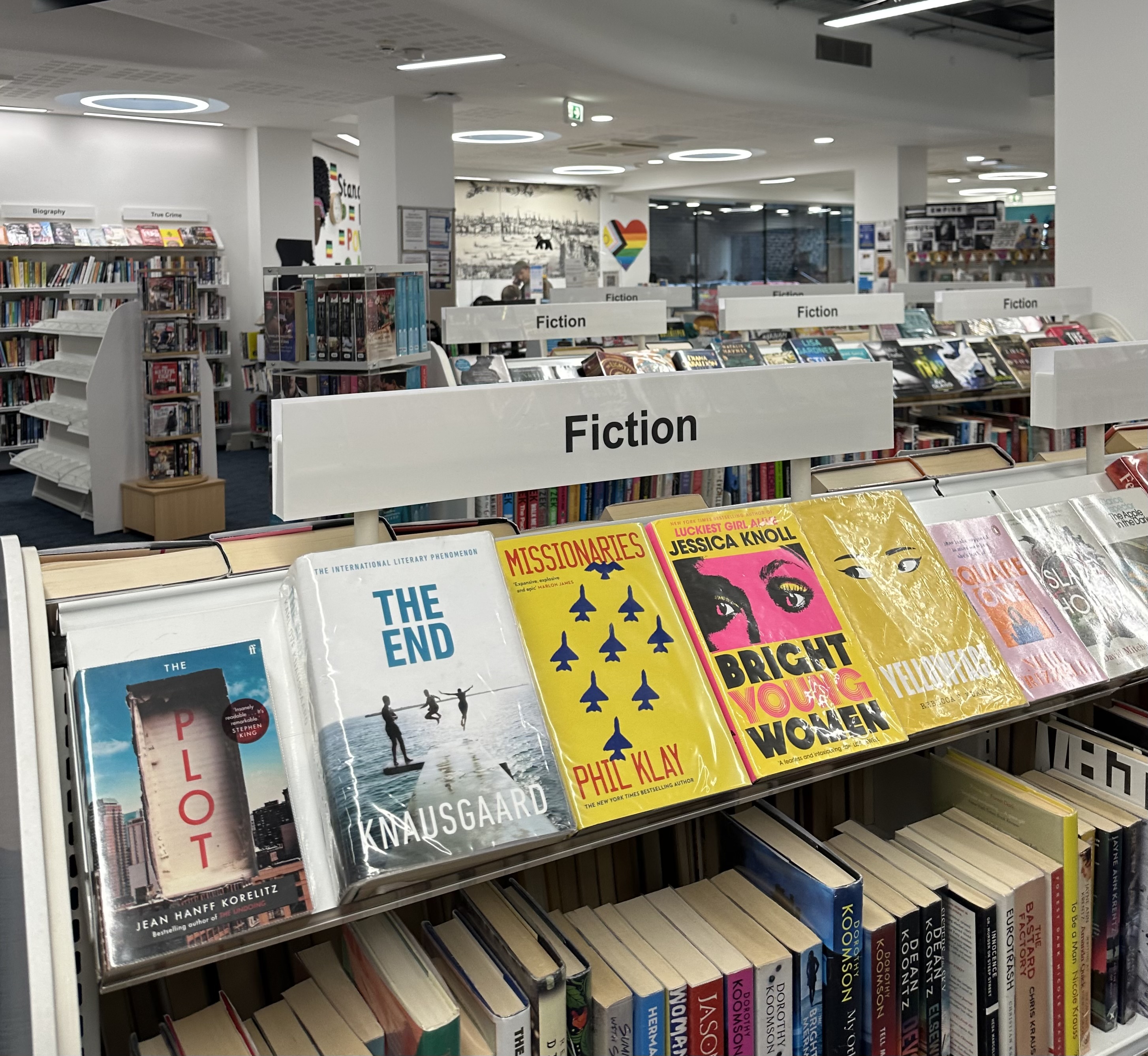
Photograph taken inside of the John Harvard Library by Elise Gregory
Swaffield paints a sobering picture of the national landscape. Across the UK, hundreds of libraries have faced cuts, closures, or reliance on volunteers as local authorities struggle with funding. Yet, she points out, those that remain continue to evolve. “Modern libraries are incredibly resourceful,” she explains. “They’ve adapted with e-books, online learning, digital skills sessions, you name it. But their hearts haven't changed. They’re still the most democratic space in any town.”
For Swaffield, the debate about libraries isn’t just about books or budgets, it's about equality. “Libraries bridge so many divides,” she says. “They tackle digital exclusion, support job seekers, give children safe spaces to learn, and offer companionship to people who might otherwise be isolated. You can’t put a price on that.”
When asked what she hopes to see in the future, her answer is simple: commitment. “We need consistent, national support for libraries, long-term funding, proper staffing, and recognition that they’re vital infrastructure,” she says. “Because once you lose a library, you lose a piece of the community.”
Talking with Laura Swaffield adds perspective to what’s happening on the ground in places like Bromley. Libraries are not just adapting, they're fighting to survive and thrive. And for advocates like Swaffield, the message is clear: libraries are not relics of the past, but foundations for a fairer, more connected future.
University libraries are also undergoing their own transformation. Once seen primarily as quiet study halls lined with academic journals, they’ve become dynamic centers for innovation and collaboration. Modern campus libraries now feature digital research labs, multimedia studios, and flexible spaces designed for group work and interdisciplinary projects. They not only provide access to vast digital databases but also teach critical information literacy, helping students navigate misinformation and evaluate online sources. In many ways, the university library has become the intellectual heartbeat of campus life, balancing the convenience of digital research with the depth of scholarly inquiry and the human connection that only shared learning spaces can provide.
For Holly Parsons, a final-year law student at the University of Greenwich, the John Harvard Library has been an indispensable part of her studies. She uses the library almost every day, drawn by its combination of quiet study areas, group rooms, books, and online databases. “I use books for case law and textbooks, but the online databases are essential for research. Study rooms are great for discussion with classmates, while the quiet areas help me concentrate when I’m drafting essays or revising for exams,” she explains. “At home, it’s easy to get distracted. Being in the library creates a sense of purpose and focus. There’s an energy there, everyone around you is working hard too, which motivates you to stay on task.” During exam season or dissertation time, the library can get busy, but Holly appreciates the sense of shared effort. She credits the library not only for supporting her research and coursework but also for fostering a sense of community and connection.
In the rush toward digital everything, libraries remind us that some of humanity’s most meaningful experiences, reading, learning, creating, connecting, still happen best in shared, physical spaces. They are not monuments to the past, but blueprints for the future: spaces where information meets inspiration, and where community begins anew, one page at a time.
